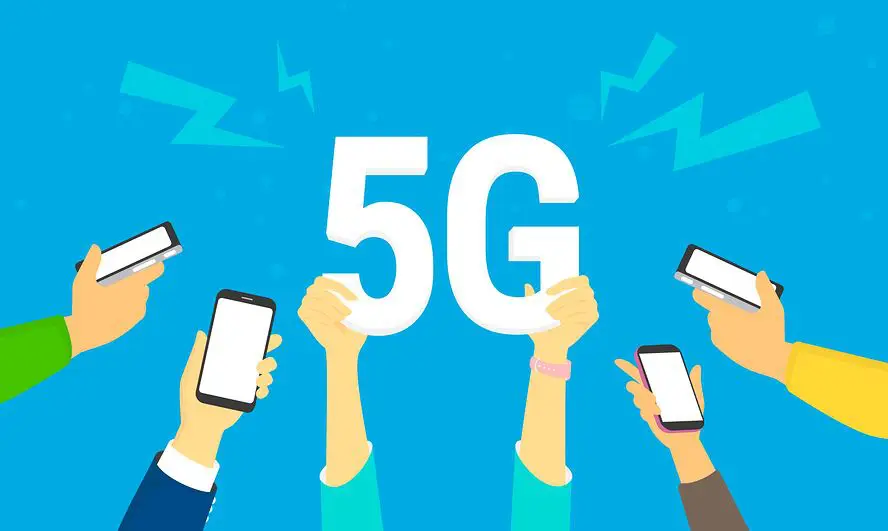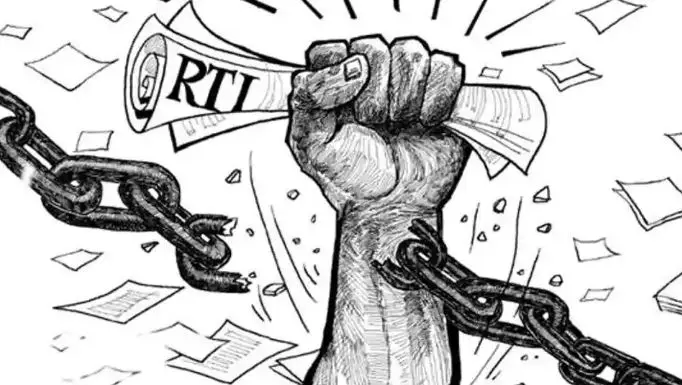Table of Contents
Decarbonizing Iron and Steel Sector: Improving Resource Efficiency
The iron and steel sector plays a significant role in the economic development of a nation, but it is also a leading contributor to greenhouse gas emissions. However, a new analysis suggests that it is possible for the sector to reduce its emissions while increasing its output. This article explores the significance, features, objectives, effects, pros, and cons of decarbonizing the iron and steel sector.
Significance of Decarbonizing Iron and Steel Sector
The decarbonization of the iron and steel sector is crucial for improving resource efficiency and reducing greenhouse gas emissions. This sector contributes significantly to the nation’s economic development, but it is also responsible for a significant amount of carbon dioxide emissions. By decarbonizing the sector, it is possible to reduce emissions while increasing the production of steel, which is essential for meeting the growing demand for steel worldwide.
Features of Decarbonization
Decarbonization refers to the reduction of carbon dioxide emissions and the transition to a sustainable economic system that compensates for these emissions. The goal is to achieve a CO2-free global economy in the long term. In the context of the iron and steel sector, decarbonization involves displacing fossil fuels from the manufacturing process and adopting low-carbon technologies and processes.
Objectives of Decarbonization
The primary objectives of decarbonizing the iron and steel sector are:
- Reducing carbon dioxide emissions from the manufacturing process
- Increasing the production of steel
- Promoting resource efficiency
Effects of Decarbonization
The decarbonization of the iron and steel sector can have several positive effects, including:
- Significant reduction in greenhouse gas emissions
- Increased resource efficiency
- Improved environmental sustainability
- Enhanced competitiveness in the global market
However, there can also be some challenges and drawbacks associated with decarbonization, such as:
- High initial investment costs for adopting low-carbon technologies
- Transitioning from existing infrastructure and technologies
- Dependency on the availability and affordability of renewable energy sources
Facts about Decarbonization
A fun fact about decarbonization is that the iron and steel sector can achieve significant emissions reductions by adopting technologies such as direct reduction by hydrogen (DR-H). This technology uses hydrogen gas to convert iron oxide into metallic iron without the need for a blast furnace, resulting in lower carbon emissions.
Government Efforts for Decarbonization in Iron and Steel Production
The government is taking several measures to promote decarbonization in the iron and steel sector, including:
- Promoting energy and resource efficiency in the steel industry
- Encouraging the use of renewable energy sources
- Implementing green hydrogen and carbon capture technologies
- Enhancing the availability of steel scrap for recycling
- Promoting the use of solar energy in the steel industry
- Implementing energy efficiency improvement projects in steel plants
Way Forward for Decarbonization
Decarbonizing the steel sector requires collaborative action from regulators, governments, and industry stakeholders. Some strategies for achieving decarbonization include:
- Installing carbon capture machinery in existing steel plants
- Constructing new steel facilities with low or no CO2 emissions
- Adopting low-carbon technologies and processes
- Promoting the use of green hydrogen in steel production
By decarbonizing the iron and steel sector, companies can improve their performance in the global market and contribute to a more sustainable and low-carbon future.
Overall, decarbonizing the iron and steel sector is crucial for improving resource efficiency and reducing greenhouse gas emissions. With the implementation of low-carbon technologies and processes, it is possible to achieve significant emissions reductions while meeting the growing demand for steel worldwide.
Mutiple Choice Questions
1. Which sector is crucial for the improvement of resource efficiency in the Steel Sector?
a) Energy sector
b) Iron and steel sector
c) Transportation sector
d) Manufacturing sector
Answer: b) Iron and steel sector
Explanation: According to the given information, decarbonizing the iron and steel sector is crucial for improving resource efficiency in the Steel Sector.
2. What is the predicted increase in carbon dioxide emissions from the manufacture of crude steel by 2030?
a) 1.5 times
b) 2 times
c) 2.5 times
d) 3 times
Answer: c) 2.5 times
Explanation: According to the given information, it is predicted that carbon dioxide emissions from the manufacture of crude steel will have increased by approximately 2.5 times by 2030 under the status quo.
3. What is the main objective of decarbonizing the energy mix?
a) Increase fossil fuel consumption in the electricity generation sector
b) Reduce output in the transportation sector
c) Displace fossil fuels from the electricity generation and transportation sectors
d) Increase emissions in the iron and steel sector
Answer: c) Displace fossil fuels from the electricity generation and transportation sectors
Explanation: According to the given information, decarbonizing the energy mix aims to displace fossil fuels from the electricity generation sector and the transportation sector.
4. How does the manufacturing process in the iron and steel sector impact carbon emissions?
a) It has no impact on carbon emissions
b) It determines the amount of carbon emissions produced
c) It reduces carbon emissions
d) It increases carbon emissions
Answer: b) It determines the amount of carbon emissions produced
Explanation: According to the given information, the manufacturing process in the iron and steel sector determines the amount of carbon dioxide emissions an industrial unit will produce.
5. What is the “green route” for the manufacturing of steel?
a) Direct reduction by hydrogen
b) Use of coal and coke
c) Blast furnace method
d) Basic oxygen furnace method
Answer: a) Direct reduction by hydrogen
Explanation: According to the given information, direct reduction by hydrogen is sometimes referred to as the “green route” for the manufacturing of steel because it greatly lowers carbon emissions.
Overall explanation: The given information highlights the importance of decarbonizing the iron and steel sector, the predicted increase in carbon dioxide emissions from the manufacture of crude steel, the objectives of decarbonizing the energy mix, and the different scenarios and recommendations for achieving carbon reduction in the iron and steel sector. It also mentions government efforts and initiatives for decarbonization in the steel industry. The multiple-choice questions are based on this information and test the reader’s understanding of the key concepts and details.
Brief Summary | UPSC – IAS
A new analysis by the Centre for Science and Environment (CSE) shows that the iron and steel sector in India can significantly reduce carbon dioxide emissions by 2030 while increasing steel production. The analysis provides four scenarios for achieving this, including a low-carbon growth pathway and an accelerated low-carbon growth pathway. The decarbonization of the sector is crucial as the iron and steel industry is a leading emitter of greenhouse gases. The government has also implemented various measures to promote decarbonization, such as promoting green steel, enhancing scrap recycling, and incentivizing energy efficiency. The transition to net-zero steel production will require cooperative action from regulators, governments, and industry stakeholders.










